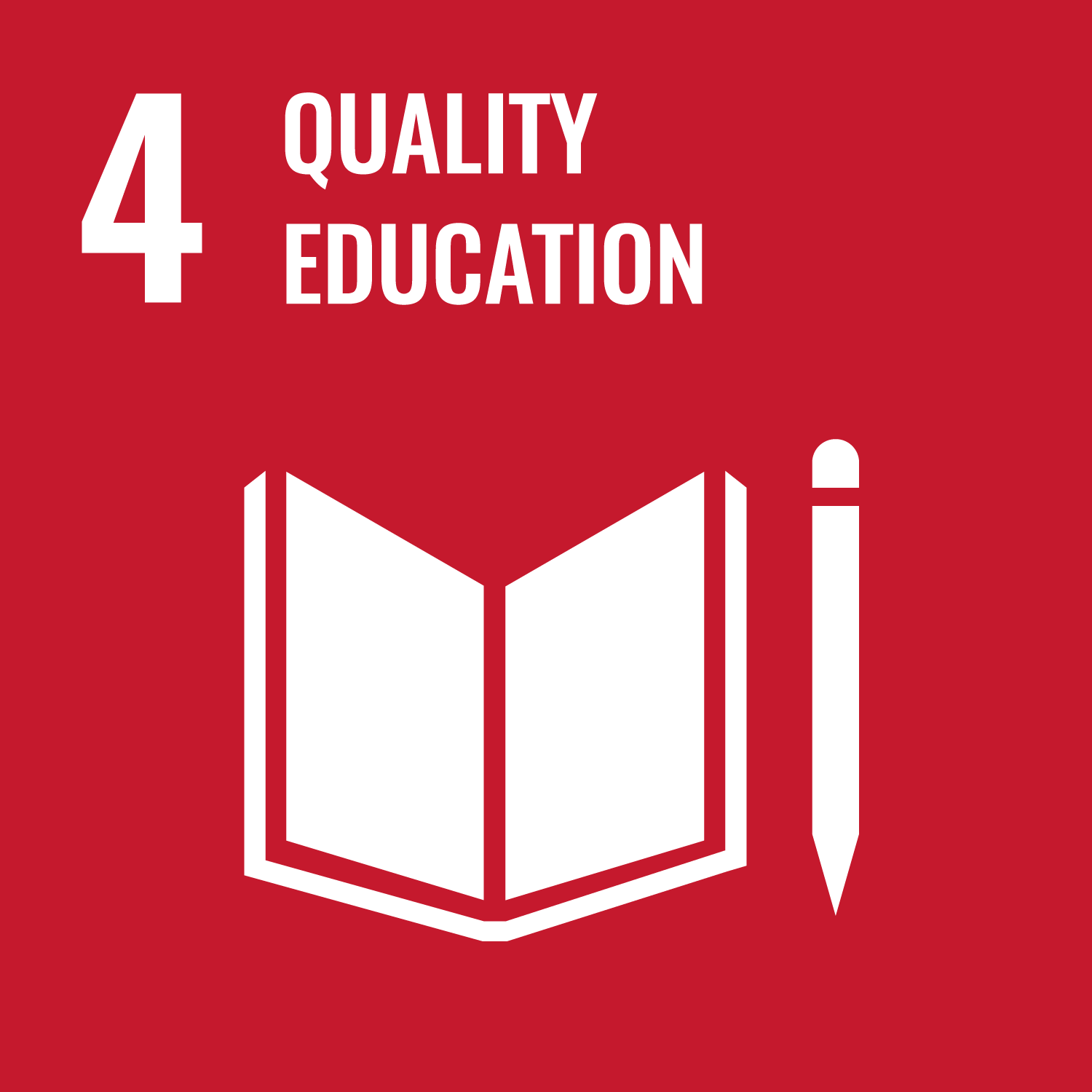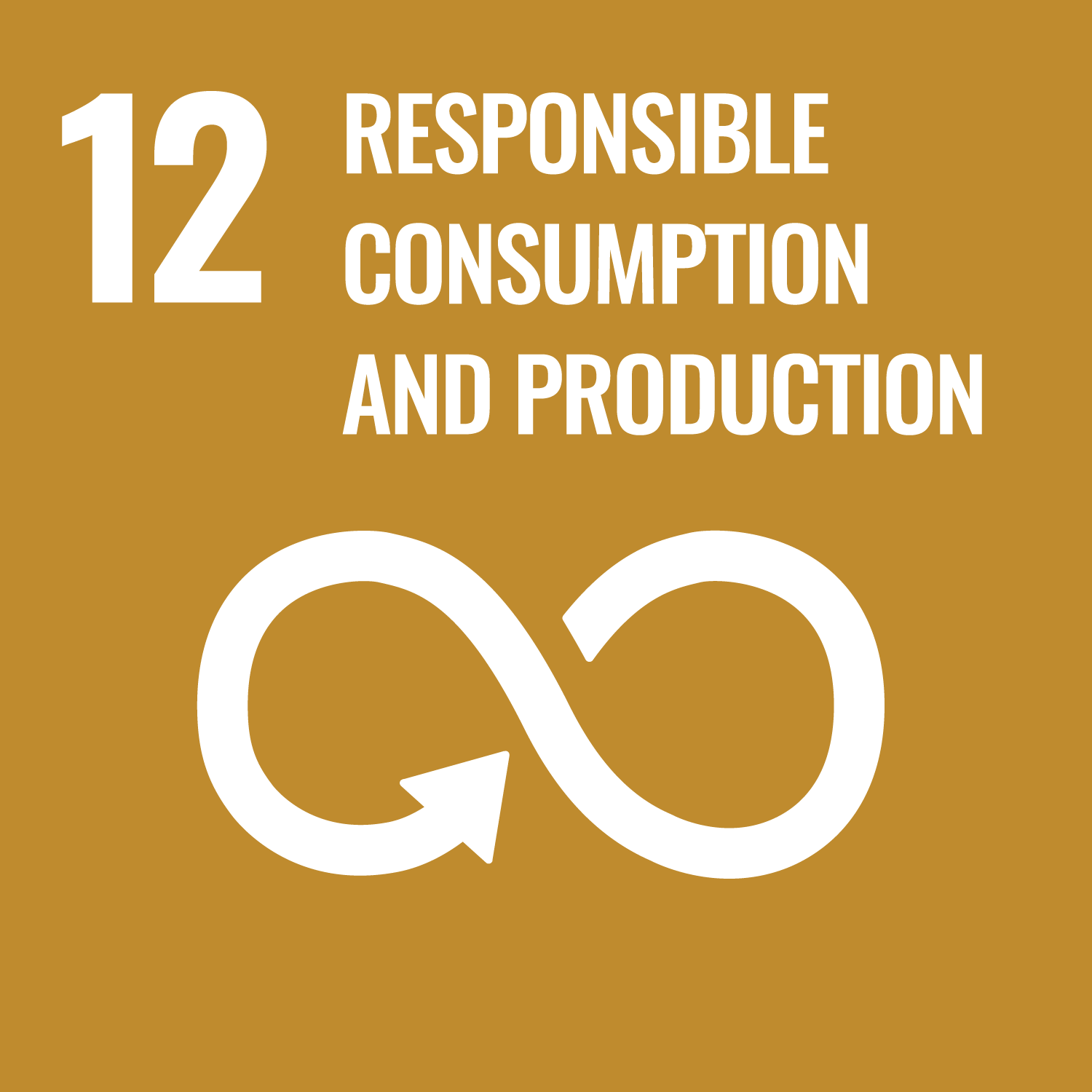This course is an introduction to Science and Engineering on Soft Materials. Topics include soft mechanics, physical chemistry
of soft materials and soft robots.
Soft materials include liquid, polymer gel, rubber and bio-polymers. They are stretchable and flexible in character. Various
kinds of gels have been developed and applied to soft sensors and actuators. Recently soft rotoics are rapidly growing, and
becomes interdisciplinary area. Students will study soft machines and robots based on soft materials. The goal of this course
is to let students understand the states-of-art soft machines and discuss together.
- To be able to investigate articles from the academic database
- To be able to explain research background logically.
- To be able to explain the scientific data logically.
| Class schedule | HW assignments (Including preparation and review of the class.) | Amount of Time Required | |
|---|---|---|---|
| 1. | Introduction of this course. Grouping and survey of academic papers |
Student should reviewacademic papers in advance. | 190minutes |
| 2. | Lecture:Smart and functional gels Grouping and discussion 1 |
Students have to investigate and read articles in advances. Students have to make their presentation. | 190minutes |
| 3. | Lecture:Active gels Grouping and discussion 2 |
Students have to investigate and read articles in advances. Students have to make their presentation. | 190minutes |
| 4. | Lecture:Active gels Grouping and discussion 3 |
Students have to investigate and read articles in advances. Students have to make their presentation. | 190minutes |
| 5. | Lecture:Dielectric elastomer actuators Presentation and discussion 3 |
Students have to investigate and read articles in advances. Students have to make their presentation. | 190minutes |
| 6. | Lecture:Dielectric elastomer sensors Presentation and discussion 5 |
Students have to investigate and read articles in advances. Students have to make their presentation. | 190minutes |
| 7. | Lecture:Soft Electro-adhesion Presentation and discussion 6 |
Students have to investigate and read articles in advances. Students have to make their presentation. | 190minutes |
| 8. | Lecture:Soft ElectroHydroDymainc pumps Presentation and discussion 7 |
Students have to investigate and read articles in advances. Students have to make their presentation. | 190minutes |
| 9. | Lecture:ElectroHydroDymainc pumps Presentation and discussion 8 |
Students have to investigate and read articles in advances. Students have to make their presentation. | 190minutes |
| 10. | Presentation and discussion 9 | Students have to investigate and read articles in advances. Students have to make their presentation. | 190minutes |
| 11. | Presentation and discussion 10 | Students have to investigate and read articles in advances. Students have to make their presentation. | 190minutes |
| 12. | Presentation and discussion 11 | Students have to investigate and read articles in advances. Students have to make their presentation. | 190minutes |
| 13. | Presentation and discussion 12 | Students have to investigate and read articles in advances. Students have to make their presentation. | 190minutes |
| 14. | Special lecture | Students have to investigate and read articles by the special lecturer in advances. | 190minutes |
| Total. | - | - | 2660minutes |
| Task and Presentation | Total. | |
|---|---|---|
| 1. | 40% | 40% |
| 2. | 30% | 30% |
| 3. | 30% | 30% |
| Total. | 100% | - |
The following points will be evaluated by the presentation or task by students.
1. The ability to search academic fields:40%
2. The ability to explain research background logically. 30%
3. The ability to explain scientific data logically. 30%
The evaluation criteria (60%): Students can accurately search academic papers.
The evaluation criteria (70%): Students can accurately understand academic papers.
The evaluation criteria (80%): Students can accurately understand academic papers and present the summary of them.
The evaluation criteria (90%): Students can accurately understand academic papers and present the summary of them. And students can discuss about them with participants.
1. The ability to search academic fields:40%
2. The ability to explain research background logically. 30%
3. The ability to explain scientific data logically. 30%
The evaluation criteria (60%): Students can accurately search academic papers.
The evaluation criteria (70%): Students can accurately understand academic papers.
The evaluation criteria (80%): Students can accurately understand academic papers and present the summary of them.
The evaluation criteria (90%): Students can accurately understand academic papers and present the summary of them. And students can discuss about them with participants.
Database.
http://lib.shibaura-it.ac.jp/research/guide/guide02
http://lib.shibaura-it.ac.jp/english/research
Papers:
1. A. Wiranata, Y. Ishii, H. Hosoya and S. Maeda, “Simple and Reliable Fabrication Method for PDMS Dielectric Elastomer Actuators using Carbon Nanotube Powder Electrodes”, Advanced Engineering Materials, 2001181, 2021.
2. Y. Seki, Y. Kuwajima, H. Shigemune, Y. Yamada, S. Maeda, “Optimization of the Electrode Arrangement and Reliable Fabrication of Flexible EHD Pumps”, Journal of Robotics and Mechatronics, 32, pp.939-946, 2020.
3. H. Shigemune, S. Maeda, Eiji Iwase, S. Hashimoto, S. Sugano, H. Sawada, “Programming Stepwise Motility into a Sheet of Paper using Inkjet Printing”, Advanced Intelligent Systems, 2000153, 2021.
4. Z. Mao, G. Shimamoto, S. Maeda, “Conical frustum gel driven by Marangoni effects for no-stator motor”, Colloids and Surfaces A, 608, 125561, 2021.
5. K. Yoshimura, Y. Otsuka, Z. Mao, V. Cacucciolo, T. Okutaki, H. Yamagishi, T. Sato, S. Hashimura, N. Hosoya, Y. Yamanishi, S. Maeda, “Autonomous oil flow generated by self-oscillating polymer gels”, Scientific Reports, 10, 12834, 2020.
6. Z. Mao, M. Kuroki, Y. Otsuka, S. Maeda, “Contraction waves in self-oscillating polymer gels”, Extreme Mechanics Letters, 39, 100830, 2020.
7. V. Cacucciolo, J. Shintake, Y. Kuwajima, S. Maeda, D. Floreano, H. Shea, “Stretchable pumps for soft machines”, Nature 572, pp.516-519, 2019.
8. A. Minaminosono, H. Shigemune, Y. Okuno, T. Katsumayta, N. Hosoya, S. Maeda, “A Deformable Motor Driven by Dielectric Elastomer Actuators and Flexible Mechanisms”, Frontiers in Robotics and AI, 6(1), pp.1-12, 2019.
9. Y. Okuno, H. Shigemune, Y. Kuwajima S. Maeda, “Stretchable suction Cup with electroadhesion”, Advanced Materials Technologies, 1800304, 2018.
10.V. Cacucciolo, H. Shigemune, C. Matteo, C. Laschi, S. Maeda, “Conduction ElectroHydroDynamics with Mobile Electrodes: a novel Actuation System for Untethered Robots”, Advanced Science, 4, 1600495, 2017.
http://lib.shibaura-it.ac.jp/research/guide/guide02
http://lib.shibaura-it.ac.jp/english/research
Papers:
1. A. Wiranata, Y. Ishii, H. Hosoya and S. Maeda, “Simple and Reliable Fabrication Method for PDMS Dielectric Elastomer Actuators using Carbon Nanotube Powder Electrodes”, Advanced Engineering Materials, 2001181, 2021.
2. Y. Seki, Y. Kuwajima, H. Shigemune, Y. Yamada, S. Maeda, “Optimization of the Electrode Arrangement and Reliable Fabrication of Flexible EHD Pumps”, Journal of Robotics and Mechatronics, 32, pp.939-946, 2020.
3. H. Shigemune, S. Maeda, Eiji Iwase, S. Hashimoto, S. Sugano, H. Sawada, “Programming Stepwise Motility into a Sheet of Paper using Inkjet Printing”, Advanced Intelligent Systems, 2000153, 2021.
4. Z. Mao, G. Shimamoto, S. Maeda, “Conical frustum gel driven by Marangoni effects for no-stator motor”, Colloids and Surfaces A, 608, 125561, 2021.
5. K. Yoshimura, Y. Otsuka, Z. Mao, V. Cacucciolo, T. Okutaki, H. Yamagishi, T. Sato, S. Hashimura, N. Hosoya, Y. Yamanishi, S. Maeda, “Autonomous oil flow generated by self-oscillating polymer gels”, Scientific Reports, 10, 12834, 2020.
6. Z. Mao, M. Kuroki, Y. Otsuka, S. Maeda, “Contraction waves in self-oscillating polymer gels”, Extreme Mechanics Letters, 39, 100830, 2020.
7. V. Cacucciolo, J. Shintake, Y. Kuwajima, S. Maeda, D. Floreano, H. Shea, “Stretchable pumps for soft machines”, Nature 572, pp.516-519, 2019.
8. A. Minaminosono, H. Shigemune, Y. Okuno, T. Katsumayta, N. Hosoya, S. Maeda, “A Deformable Motor Driven by Dielectric Elastomer Actuators and Flexible Mechanisms”, Frontiers in Robotics and AI, 6(1), pp.1-12, 2019.
9. Y. Okuno, H. Shigemune, Y. Kuwajima S. Maeda, “Stretchable suction Cup with electroadhesion”, Advanced Materials Technologies, 1800304, 2018.
10.V. Cacucciolo, H. Shigemune, C. Matteo, C. Laschi, S. Maeda, “Conduction ElectroHydroDynamics with Mobile Electrodes: a novel Actuation System for Untethered Robots”, Advanced Science, 4, 1600495, 2017.
Students should review thermodynamics and mechanics. It is important for students to learn thermodynamics and mechanics in
advance.
- Thu 13: 30-14: 30, please make an appointment by email in advance before visiting.
- Non-social and professional independence development course
| Work experience | Work experience and relevance to the course content if applicable |
|---|---|
| N/A | N/A |



- 4.QUALITY EDUCATION
- 9.INDUSTRY, INNOVATION AND INFRASTRUCTURE
- 12.RESPONSIBLE CONSUMPTION & PRODUCTION
Last modified : Wed May 12 04:47:43 JST 2021

